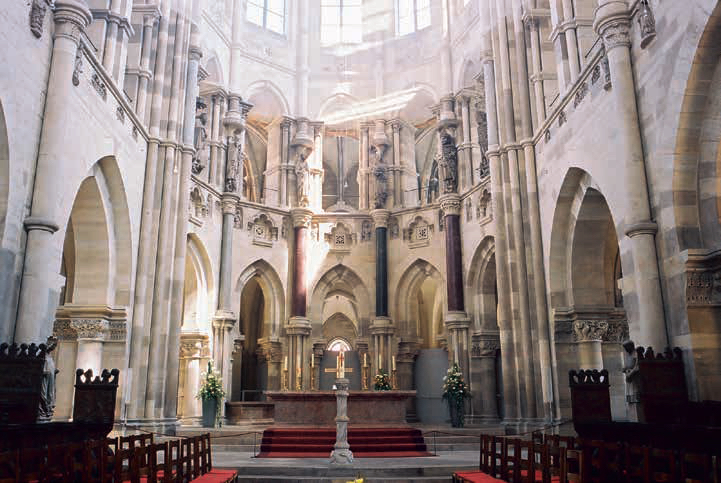Authenticity and Material
A consideration of the concept based on examples from (late)antiquity and the middle ages
DOI:
https://doi.org/10.48003/knob.119.2020.4.700Downloads

Abstract
It is not immediately clear whether the concept of authenticity can be applied to the architecture of (Late) Antiquity and the Middle Ages. If you were to apply the existentialist definition of the concept, you could say that an architectural element is authentic when it is what it purports or seems to be: a column, for example, should support something. Authenticity can also be understood in the sense of ‘initial’ and ‘original’. A brief survey of a few examples reveals the importance of originality and, in particular, of the function of the architectural element. Examples like the eleventh/twelfth-century episcopal church of Pisa demonstrate that alongside the original function of an element, in this case columns, there could be multiple layers of meaning. On the other hand there is the redeployment of ancient columns in the thirteenth-century Magdeburg Cathedral, where they have no load-bearing function, having been placed in the apse solely because of what they signify. Ultimately one can wonder whether the concept of authenticity can be usefully applied to the architecture of the periods in question.
Published
How to Cite
Issue
Section
Articles
License
Copyright (c) 2020 Lex Bosman

This work is licensed under a Creative Commons Attribution 4.0 International License.





